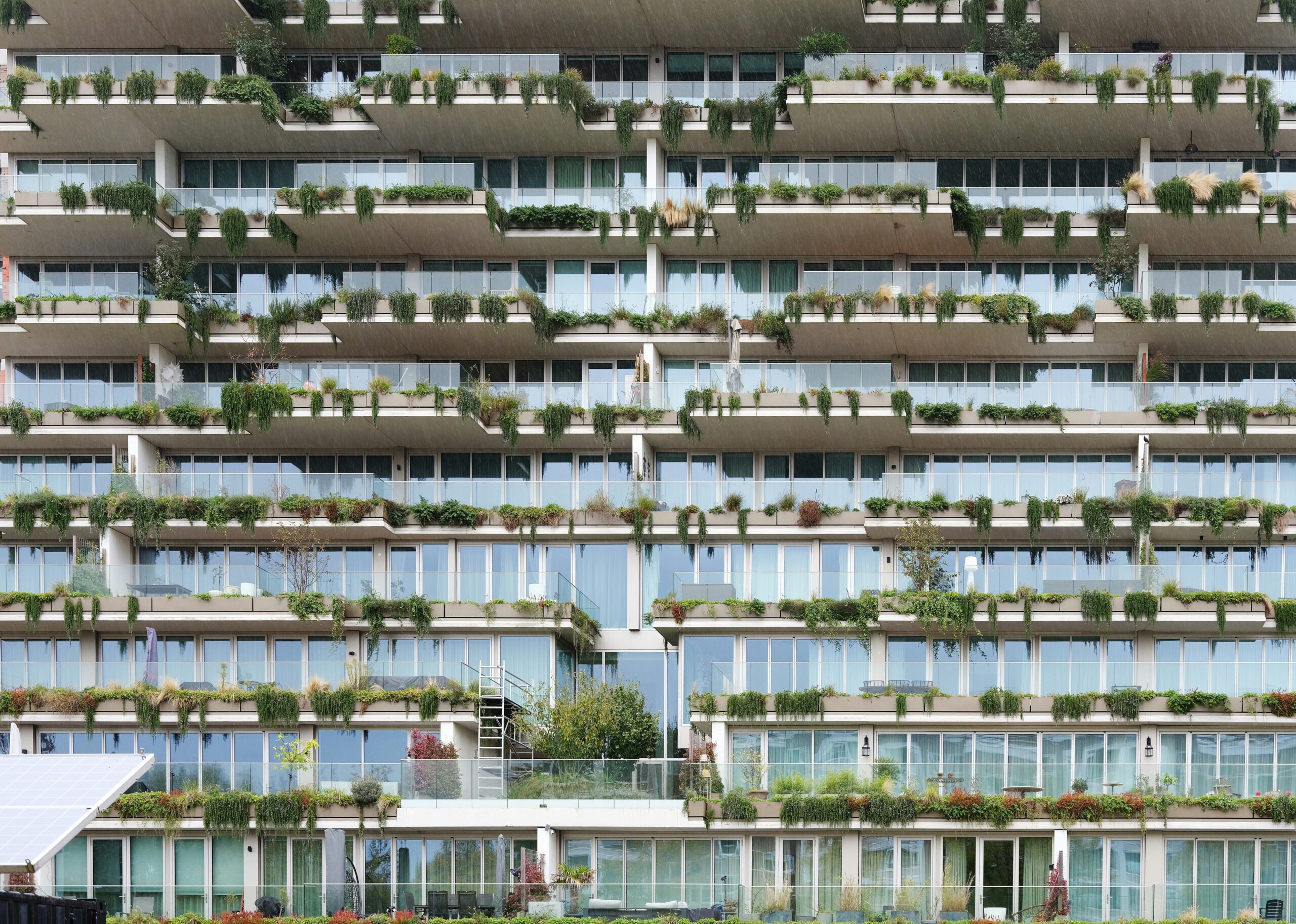
As the world grapples with environmental challenges, the construction industry, responsible for a significant portion of global resource consumption and waste generation, is undergoing a transformation. The shift towards sustainable practices is gaining momentum, with one key element at its core: eco-friendly building materials.
From recycled wood to bamboo flooring, these materials offer a plethora of benefits, not just for the environment but also for people and businesses. So, before embarking on your next construction project, consider switching to green alternatives and discover the advantages they bring.
Environmental Champion:
The most evident benefit of eco-friendly materials lies in their reduced environmental impact. Here’s how:
- Reduced carbon footprint: Traditional building materials like concrete and steel involve intensive production processes, releasing greenhouse gases that contribute to climate change. Eco-friendly alternatives, often sourced from renewable resources like bamboo or recycled materials, have a significantly lower carbon footprint.
- Resource conservation: By utilizing recycled materials or rapidly renewable resources, eco-friendly building minimizes the depletion of finite resources like virgin wood and metals. This helps preserve natural ecosystems and reduces pressure on vulnerable landscapes.
- Waste reduction: Construction generates a substantial amount of waste. Eco-friendly materials often come with prefabricated elements, reducing on-site waste. Additionally, some materials are designed for deconstruction and reuse, further minimizing their lifecycle impact.
Boosting Health and Wellbeing:
Beyond the environment, eco-friendly materials contribute to healthier and more comfortable living and working spaces:
- Improved indoor air quality: Some traditional building materials emit volatile organic compounds (VOCs) that can negatively impact indoor air quality and contribute to respiratory problems. Eco-friendly materials often have low or no VOC emissions, creating a healthier living environment.
- Enhanced thermal comfort: Certain eco-friendly materials, like cork or recycled cotton insulation, offer superior thermal insulation properties. This translates to cooler summers and warmer winters, reducing energy consumption for heating and cooling, and creating a more comfortable living space.
- Biophilic design potential: Many eco-friendly materials like reclaimed wood, bamboo, and natural stone bring a touch of nature indoors. Studies have shown that biophilic design elements can reduce stress, improve mood, and enhance cognitive function.
Economic Considerations:
While the initial cost of eco-friendly materials might seem higher, long-term benefits paint a different picture:
- Increased property value: Studies have shown that buildings constructed with eco-friendly materials tend to have higher property values, attracting environmentally conscious buyers and tenants.
- Lower energy bills: The superior insulation properties of many eco-friendly materials can lead to significant energy savings for heating and cooling, translating to lower utility bills over the life of the building.
- Government incentives: Many governments offer tax breaks and other incentives for projects that incorporate sustainable practices and materials. These incentives can help offset the initial cost of eco-friendly materials.
Challenges and Considerations:
Like any transition, using eco-friendly materials comes with its own set of challenges:
- Availability and accessibility: Depending on your location, certain eco-friendly materials might be less readily available, requiring longer lead times or higher transportation costs.
- Knowledge and expertise: Architects, builders, and contractors need to be familiar with the properties and installation techniques of eco-friendly materials to ensure their optimal performance.
- Initial cost: As mentioned earlier, some eco-friendly materials might have a higher upfront cost compared to traditional options. However, considering the long-term benefits and potential incentives, the cost difference might be negligible.
Building a Sustainable Future:
The benefits of using eco-friendly building materials are undeniable. From protecting the environment to promoting health and well-being, and even offering economic advantages, they represent a responsible and forward-thinking approach to construction. By embracing these materials, we can build a more sustainable future for ourselves and generations to come.
Ready to join the green building movement? Here are some steps you can take:
- Conduct research: Learn about the different types of eco-friendly materials available and their suitability for your specific project.
- Consult with professionals: Collaborate with architects, builders, and contractors experienced in sustainable construction practices.
- Explore financial incentives: Look into government programs and other initiatives that offer financial support for green building projects.
- Spread the word: Share your experience and encourage others to consider eco-friendly building materials for their next project.
Remember, every step towards sustainable construction, however small, contributes to a healthier planet and a brighter future. Let’s build green, together!


